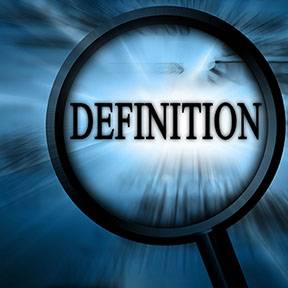The From Line
As the definition of native advertising continues to take form, one thing that remains constant is that native advertising’s success is relegated to publisher standards of quality and experience. Even as advertisers arm themselves with advanced analytics and programmatic buying, the continuous shrinking of display’s performance reveals in some aspects, a negative correlation between advertiser standards and the dwindling engagement they produce. The digital success of native advertising is proof that advertisers must trust that publishers know their audience better than they do when they are in the publisher’s forum. It’s true that advertisers have more of a holistic view of their customer by their ability to collect and analyze data across different channels and sources. However, the publisher is the ringmaster at a particular moment in time with its direct finger on the customer’s pulse. After all, consumers go to publishers to consume content, not ads, right?
Native Advertising Is A Culture
Even as certain aspects of native advertising become programmatic, we should be hopeful that publisher formatting characteristics, the ones that lend themselves to a quality experience, continue to remain in the publisher's control. At the same time, publishers must realize that native advertising is a culture, not a format. It’s a culture that tells an advertiser’s story using the publisher’s core competencies in a way that will resonate best with the publisher’s audience. Therefore, native advertising is the cooperation of a publisher’s editorial, advertising and production departments to create the best possible experience for their consumers. Gone are the days of the siloed church and state mantra between advertising and journalism. Millennials are quite aware that journalistic integrity has been compromised by scandals and editorial bias and they are at peace with advertising’s role – as long as it doesn’t interfere with their experience of content consumption.
Consumer's Insatiable Demand For Experience
The publishers that move with this cultural shift in content consumption could reap unprecedented margins as the market could produce a winner take all phenomenon in their respective media niches. The technologies that once fragmented media could eventually consolidate it as Millennials chase the best possible experience. Those publishers who embrace this shift by perfecting the experiences they create could eventually attract the majority of audience for their niche. Native advertising is a necessary part of that experience. It melds together the objectives of the advertiser with the creativity of the publisher in such a way that advertising is noticeable, entertaining, but most important, easily digested.
How Will Native Advertising Scale?
As the industry wobbles down the native advertising path, the biggest challenge for both publishers and advertisers alike is scale. Publishers are starting to play a pivotal role in helping advertisers produce content that appeals to their audience, but scaling production across hundreds of advertisers is a difficult task. Additionally, as advertisers relinquish their grip on creativity, scaling their audience reach in native formats have been proven futile. Programmatic technologies and industry standards will help both publishers and advertisers to achieve native scale, but only to a point. Native display, sponsored content and other formatting initiatives that contain native elements definitely facilitate scale, however true native advertising is an experience that only the publisher can provide. Culture and creativity are the epicenter of native advertising, characteristics that cannot reside with the advertiser.

